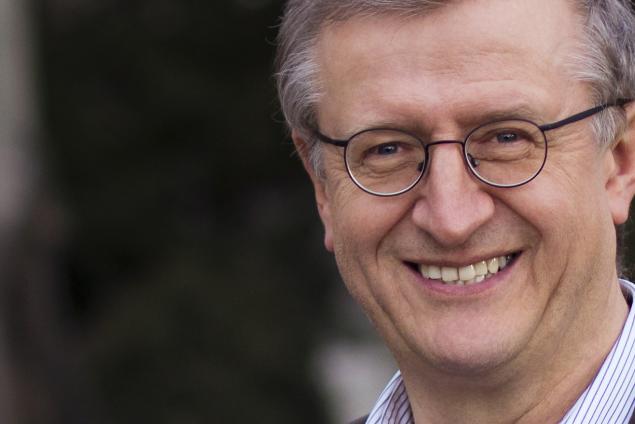Scroll to Section:
One hour of sunlight is enough to power the entire planet for over a year. MICHAEL SALIBA is a leading scientist who investigates how we can tap into this abundant energy source in order to produce sustainable electricity in the future. As he explains in this video, the perovskite semiconductor – a new material that was discovered about five years ago – has great potential to advance the use of solar energy. The material also poses problems, however, as it is sensitive to humidity, heat, and light. His research team has found a way to tackle these challenges by creating a new composition that proves more stable and by adding a polymeric protective layer. In this stabilized form, the perovskite semiconductor offers tremendous opportunities to be used as a solar cell by industry.
DOI:
https://doi.org/10.21036/LTPUB10504
Institution

Adolphe Merkle Institute
The Adolphe Merkle Institute (AMI) is an interdisciplinary center of competence in soft nano- and materials science at the University of Fribourg (Switzerland). AMI strives to be a leader in fundamental and application-oriented interdisciplinary research on soft nanoscience. In recent years, the Institute has also established itself as an internationally recognized leader in the field of “bio-inspired materials”, notably by initiating and leading a National Competence Center in Research. The Institute is the result of a unique and successful private-public partnership. In late 2007, Fribourg entrepreneur Adolphe Merkle, then 83 years old, set up the Adolphe Merkle Foundation and donated CHF 100 million to support the University of Fribourg. One of the conditions of his donation, the most generous of its kind ever made in Switzerland at the time, was the creation of the Institute with the canton’s (state) financial backing. Since its launch in late 2008, AMI has steadily increased in size, with currently around 100 people from over 20 countries working at the Institute. AMI’s four complementary chairs (Polymer Chemistry and Materials, BioNanomaterials, Soft Matter Physics, and BioPhysics), along with a junior group (Macromolecular Chemistry), are staffed by leading researchers in their field. ( Source )
Show more
Original publication
Cesium-Containing Triple Cation Perovskite Solar Cells: Improved Stability, Reproducibility and High Efficiency
Energy & Environmental Science
Published in 2016
A Molecularly Engineered Hole-transporting Material for Efficient Perovskite Solar Cells
Nature Energy
Published in 2016
Incorporation of Rubidium Cations Into Perovskite Solar Cells Improves Photovoltaic Performance
Science
Published in 2016
Beyond
A Ground-breaking Scientific Revolution
An Alarming Challenge for Society
If I Had a Second Life
A Personal Reading Recommendation




